 We all know that no garden is free of insects. Beetles, caterpillars, slugs – the list of potential threats just seems endless. Luckily though, there are a number of non-toxic pest control methods that home gardeners like us can use to fight off these predators without having to spend too much or risking our health along the process. In most cases, simply by improving the way we tend to our garden can already prevent problems even before they arise.
We all know that no garden is free of insects. Beetles, caterpillars, slugs – the list of potential threats just seems endless. Luckily though, there are a number of non-toxic pest control methods that home gardeners like us can use to fight off these predators without having to spend too much or risking our health along the process. In most cases, simply by improving the way we tend to our garden can already prevent problems even before they arise.
Easy Eco-Friendly Strategies You Can Try for Pest Control
- Watch out for signs of infestation and take immediate action. Check your garden for pests on a regular basis. Look out for any bacterial or viral damage and sort it out as soon as possible to keep the disease from spreading. Hand-pick any insects you find, remove whitefly with a gust of water, and cut off the infected parts (then collect them in a separate bin). Anticipate potential problems ahead of time by learning when to expect an increase in pests and controlling them prior to planting of the seedlings.
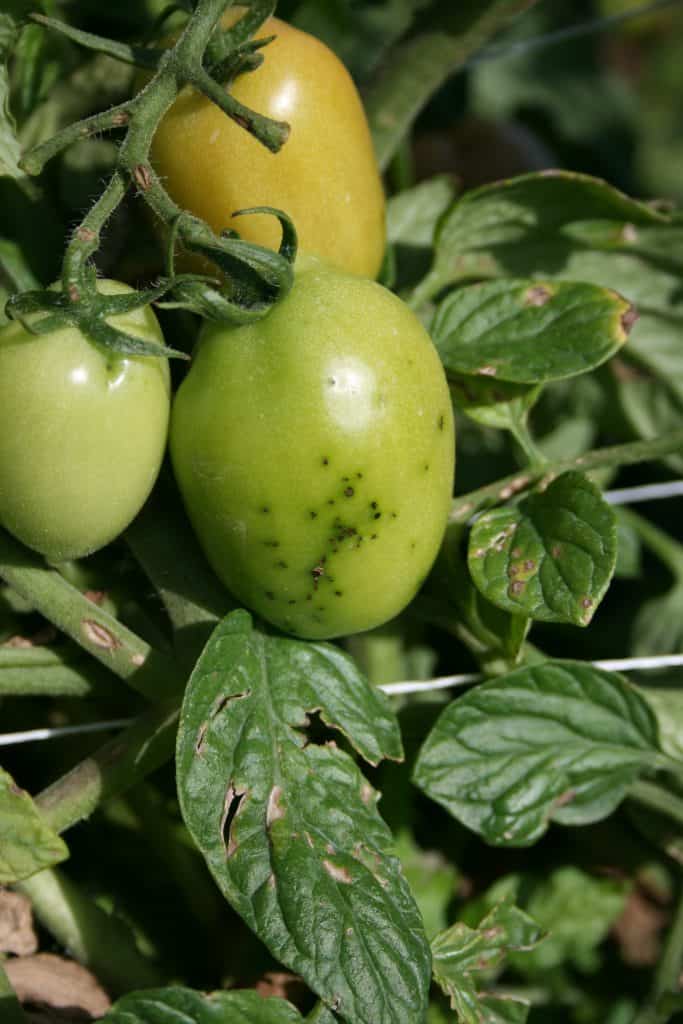
P. syringae on Tomatoes — Source: Wikipedia
- Protect vulnerable plants with barriers, and set up traps and decoys. For cutworm-prone veggies like lettuce, you may start fitting collar-cut cardboard rolls from used tinfoil around the plant. You may also place scrunched up scouring pads or copper tapes around those of which are infested with snails. In terms of creating traps and decoys, remember the following tricks: you can lure fruit flies with strong-smelling baits out of fermenting fruit, trap, whiteflies on strips of sticky yellow boards, and tempt snails to containers of beer sunk in your garden soil.
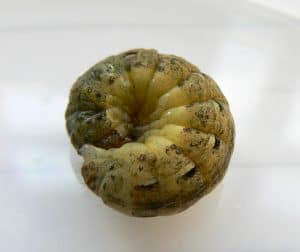
Cutworm Larva — Source: Wikipedia
Beer Can –> Slug Trap - Practice diversity and make use of companion plants. (In other words Companion Planting)Since pests generally multiply a lot faster than their natural predators when they have continuous food supply, it would be best to plant various groups of different plants in your garden that have the same growing requirements instead of just growing one type of plant which could be a particular insect’s favourite snack. Also, you may use companion plants like strong-smelling crops such as garlic, chilis, and sage (to name a few) amid other plant varieties to help deter pests.
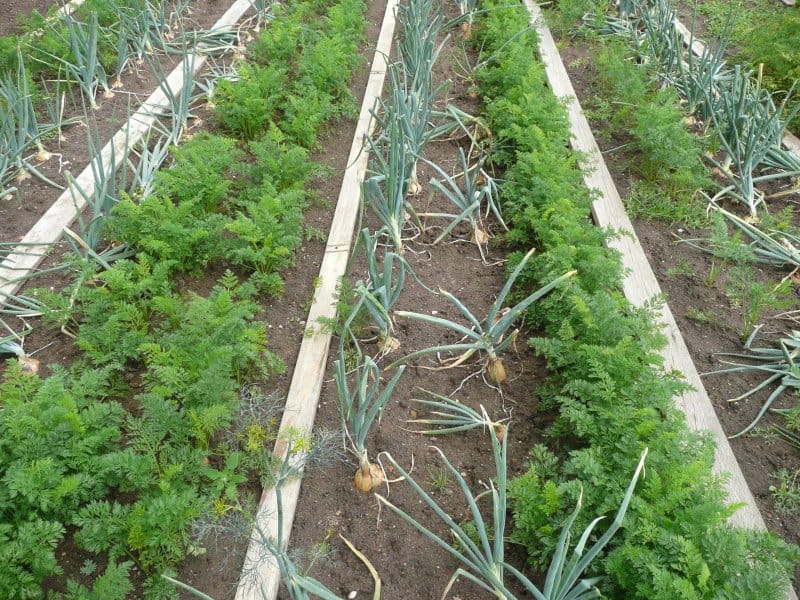
Source: Wikipedia
- Attract the “good bugs” by planting those that they like. Beneficial insects are flying and crawling creatures which feed mainly on pests that ravage garden plants. These include the following: lacewings, ladybugs, hoverflies, wasps, spiders, chameleons, some ladybirds, and lizards. To help put off pests from overrunning your garden, you can start growing plants like dills and fennels which lacewings are attracted to, or coriander for ladybugs.
Click here to Find out How to Attract Beneficial Insects to Your Garden

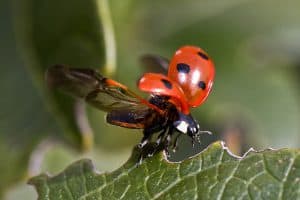


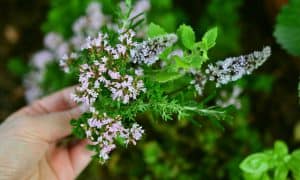



Pingback: How to Protect Your Garden from Wildlife – Organic Gardening Secrets